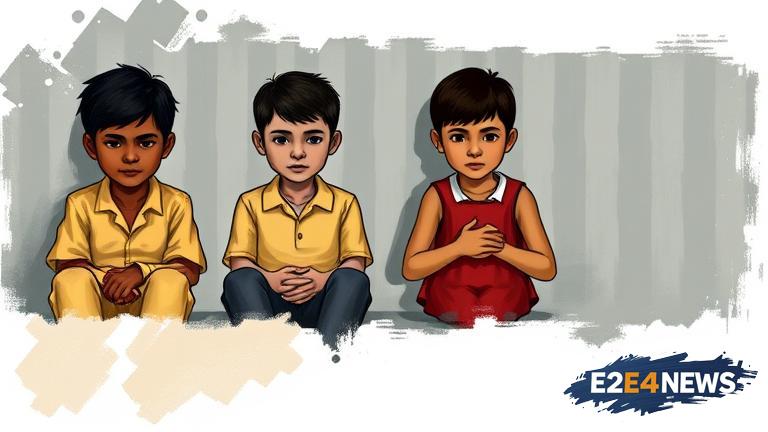The Indian juvenile justice system has been under scrutiny for its inability to effectively address crimes committed by minors. Despite the existence of laws such as the Juvenile Justice (Care and Protection of Children) Act, 2015, there is a significant gap between the number of cases reported and those that result in convictions. This disparity is attributed to various factors, including the age of consent, which is set at 18 years, and the lack of clarity on what constitutes a ‘heinous’ crime. The law also distinguishes between ‘juvenile’ and ‘child’, with the latter referring to individuals below the age of 18. However, this distinction often leads to confusion and inconsistent application of the law. Furthermore, the system’s emphasis on rehabilitation over punishment has been criticized for being too lenient. Many argue that this approach fails to deter juvenile offenders and can lead to a lack of accountability. On the other hand, proponents of the current system argue that it is designed to protect the rights and well-being of children, who are still developing and may not have the same level of culpability as adults. The conviction gap is also influenced by societal attitudes towards juvenile offenders, with many viewing them as victims rather than perpetrators. This perception can lead to a lack of urgency in pursuing convictions, as well as a tendency to blame external factors such as poverty or family circumstances. Additionally, the Indian justice system’s backlog of cases and limited resources can result in delays and inefficiencies, further contributing to the conviction gap. The issue is complex and multifaceted, requiring a comprehensive approach that balances the need for justice with the need to protect and rehabilitate juvenile offenders. The government has taken steps to address the issue, including the introduction of new laws and policies aimed at strengthening the juvenile justice system. However, more needs to be done to ensure that the system is effective and fair. This includes increasing awareness and understanding of the law, as well as providing training and resources for those working in the justice system. Ultimately, addressing the conviction gap in India’s juvenile justice system will require a sustained effort and commitment to creating a more just and equitable society. The Indian government must work to ensure that the rights of all individuals, including victims and offenders, are protected and respected. This can be achieved through a combination of legislative reforms, increased funding and resources, and a shift in societal attitudes towards juvenile offenders. By working together, it is possible to create a more effective and fair juvenile justice system that prioritizes both justice and rehabilitation. The issue of juvenile justice is not unique to India, and many countries around the world are grappling with similar challenges. However, the Indian context presents unique complexities and nuances that must be taken into account. The country’s diverse population, socioeconomic disparities, and cultural attitudes towards children and crime all play a role in shaping the juvenile justice system. As such, any efforts to address the conviction gap must be tailored to the Indian context and take into account the country’s specific needs and challenges. This may involve collaborating with international organizations and experts to share best practices and learn from other countries’ experiences. By adopting a comprehensive and nuanced approach, India can work towards creating a more effective and fair juvenile justice system that prioritizes the needs and rights of all individuals involved.





